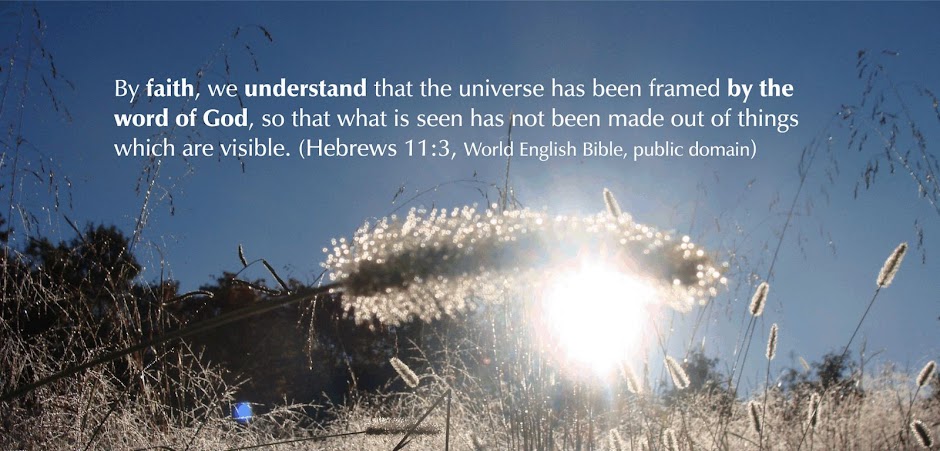But it is impossible to be an artist and not care for laws and limits. Art
is limitation; the essence of every picture is the frame. If you draw a giraffe, you must draw him with a long neck. If, in your bold creative
way, you hold yourself free to draw a giraffe with a short neck, you will really find that you are not free to draw a giraffe. The moment you step
into the world of facts, you step into a world of limits. You can free things from alien or accidental laws, but not from the laws of their own
nature. You may, if you like, free a tiger from his bars; but do not free him from his stripes. Do not free a camel of the burden of his hump: you
may be freeing him from being a camel. Do not go about as a demagogue, encouraging triangles to break out of the prison of their three sides. If
a triangle breaks out of its three sides, its life comes to a lamentable end. Somebody wrote a work called “The Loves of the Triangles”; I never
read it, but I am sure that if triangles ever were loved, they were loved for being triangular. This is certainly the case with all artistic
creation, which is in some ways the most decisive example of pure will. The artist loves his limitations: they constitute the thing he is
doing.
Orthodoxy, first published in 1908, by G. K. Chesterton, is in the public domain, and available from Project Gutenberg. The previous post in this series is here.
Thanks for reading! Read Chesterton.

Musings on science, the Bible, and fantastic literature (and sometimes basketball and other stuff).
God speaks to us through the Bible and the findings of science, and we should listen to both types of revelation.
The title is from Psalm 84:11.
The Wikipedia is usually a pretty good reference. I mostly use the World English Bible (WEB), because it is public domain. I am grateful.
License
I have written an e-book, Does the Bible Really Say That?, which is free to anyone. To download that book, in several formats, go here.

The posts in this blog are licensed under a Creative Commons Attribution-NonCommercial-ShareAlike 3.0 Unported License. You can copy and use this material, as long as you aren't making money from it. If you give me credit, thanks. If not, OK.

The posts in this blog are licensed under a Creative Commons Attribution-NonCommercial-ShareAlike 3.0 Unported License. You can copy and use this material, as long as you aren't making money from it. If you give me credit, thanks. If not, OK.
Sunday, March 01, 2015
Excerpts from Orthodoxy, by Gilbert K. Chesteron, 11
Labels:
art,
Chesterton,
creation,
Creativity,
free will,
G. K. Chesterton,
Orthodoxy
Subscribe to:
Post Comments (Atom)
No comments:
Post a Comment